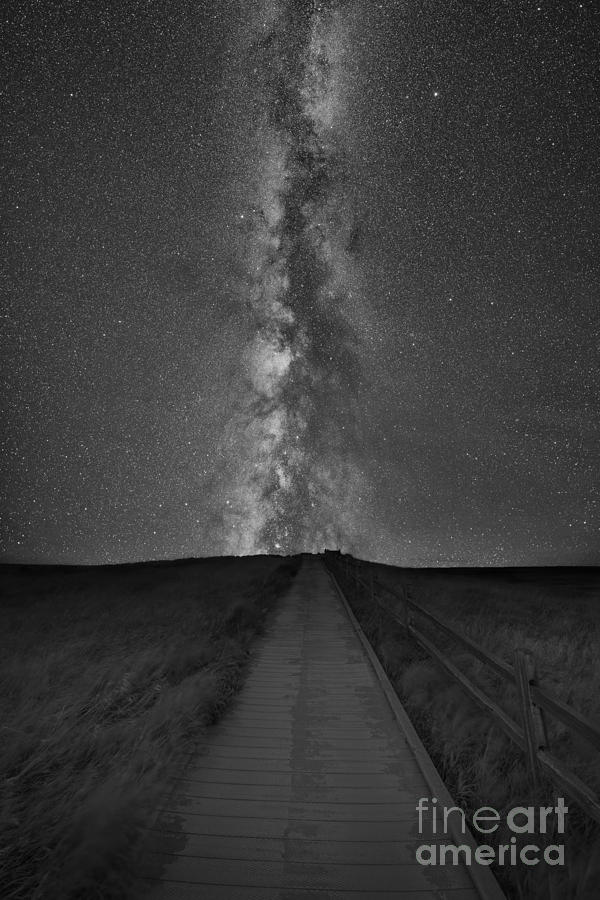
I have more written about map representation here. In general, think of the graph as states and actions that change state. In a platformer, graph locations could be locations and graph edges the possible actions such as move left, move right, jump up, jump down. In a dungeon, graph locations could be rooms and graph edges the doorways between them. It works not only on grids as shown here but on any sort of graph structure. That’s the simplest pathfinding algorithm.

A path is a sequence of edges, but often it’s easier to store the nodes: current = goal
#A PATH TOWARDS THE STARS CODE#
The code to reconstruct paths is simple: follow the arrows backwards from the goal to the start. Move the cross to see how following the arrows gives you a reverse path back to the start position. They’re enough to reconstruct the entire path. Now came_from for each location points to the place where we came from.

Here though we want to use it for finding paths, so let’s modify the loop to keep track of where we came from for every location that’s been reached, and rename the reached set to a came_from table (the keys of the table are the reached set): frontier = Queue()Ĭame_from = dict() # path A->B is stored as came_from = A That’s because Breadth First Search can be used for a lot more than just finding paths in this article I show how it’s used for tower defense, but it can also be used for distance maps, procedural map generation, and lots of other things.
#A PATH TOWARDS THE STARS HOW TO#
But how do we find the shortest path? The loop doesn’t actually construct the paths it only tells us how to visit everything on the map. This loop is the essence of the graph search algorithms on this page, including A*. It’s only ten lines of (Python) code: frontier = Queue() Step through to see the expansion process: The tile are numbered in the order we visit them. Any unreached neighbors we add to both the frontier and the reached set →. Expand it by looking at its neighbors.Pick and remove a location from the frontier.How do we implement this? Repeat these steps until the frontier is empty: Start the animation to see how the frontier expands → → On a grid, this process is sometimes called “flood fill”, but the same technique also works for non-grids. The key idea for all of these algorithms is that we keep track of an expanding ring called the frontier. I’ll start with the simplest, Breadth First Search, and add one feature at a time to turn it into A*. It prioritizes paths that seem to be leading closer to a goal. Dijkstra’s Algorithm can find paths to all locations A* finds paths to one location, or the closest of several locations. When movement costs vary, we use this instead of Breadth First Search.Ī* is a modification of Dijkstra’s Algorithm that is optimized for a single destination.


We can assign lower costs to encourage moving on roads, higher costs to avoid enemies, and more. Instead of exploring all possible paths equally, it favors lower cost paths. This is an incredibly useful algorithm, not only for regular path finding, but also for procedural map generation, flow field pathfinding, distance maps, and other types of map analysis.ĭijkstra’s Algorithm (also called Uniform Cost Search) lets us prioritize which paths to explore. I’m going to cover these:īreadth First Search explores equally in all directions. There are lots of algorithms that run on graphs. For the explanations on the rest of the page, I’m going to use grids because it’s easier to visualize the concepts. This page covers the A* algorithm but not graph design see my other page for more about graphs. A* runs fastest with the fewest graph nodes grids are often easier to work with but result in lots of nodes. A grid game map can use a non-grid pathfinding graph, or vice versa. The pathfinding graph doesn’t have to be the same as what your game map uses.


 0 kommentar(er)
0 kommentar(er)
